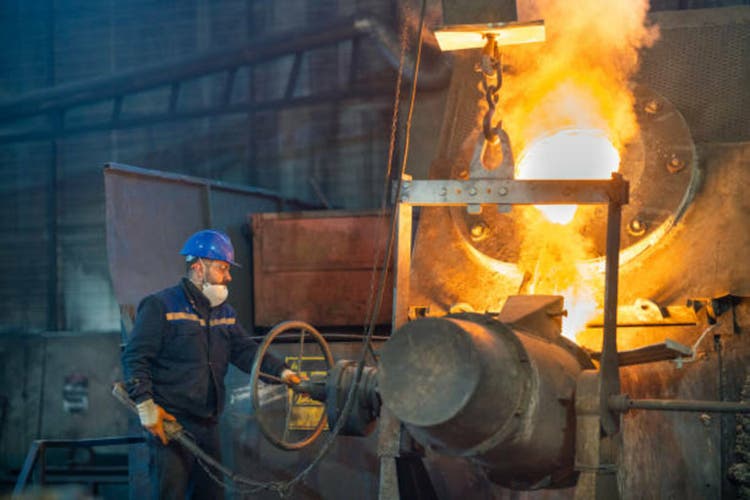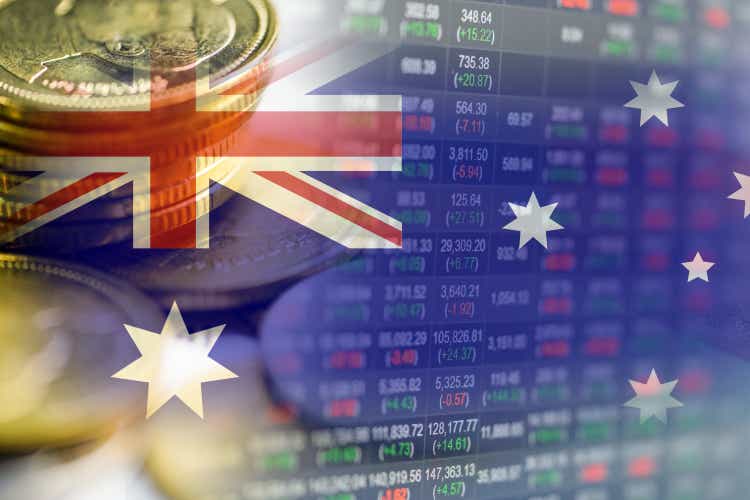- Kohl’s had its first earnings report since firing CEO Ashley Buchanan, and the results weren’t as bad as expected. While net sales were down and there were still losses per share, it wasn’t quite as severe as Wall Street had anticipated. The retailer also has a three-pronged approach to make a comeback.
Kohl’s has had a rough year—but it might be showing signs of a turnaround.
The retailer on Thursday reported Q1 2025 results that weren’t as bad as investors were expecting at a loss of 13 cents per share; Wall Street’s expectations were a loss of 25 cents per share. Still, net sales fell 4.1% from the year prior to $3.05 billion—but that was also better than analysts’ expectations of $3.02 billion. Comparable-store sales dropped 3.9%, according to the company’s earnings report.
Kohl’s shares were trading up more than 3% Thursday morning, but its stock is still down more than 40% year-to-date.
This is the first earnings report for Kohl’s since it fired CEO Ashley Buchanan earlier this month for violating company policies by directing the company to engage in vendor transactions that involved “undisclosed conflicts of interest” following an investigation conducted by outside counsel. It was later reported by The Wall Street Journal the deal involved a woman with whom Buchanan had a romantic relationship.
Michael Bender is serving as interim CEO while Kohl’s finds a permanent replacement. He’s been on the board of Kohl’s since 2019 and previously served as president and CEO of optical retailer Eyemart Express.
“I do want to recognize that there has been a lot of change for Kohl’s this past year, especially the last few weeks,” Bender said during the company’s Q1 2025 earnings call on Thursday. “While change can be difficult, it also represents an opportunity to reassess and commit to a path forward.”
During the past year, Kohl’s has also downsized, closing about two dozen stores in 15 states and has also made corporate layoffs. On top of that—and losing a new CEO after just 100 days at his post—Kohl’s is still making up for mistakes from previous executives. Tom Kingsbury, who served as CEO before Buchanan, had opted for Kohl’s to carry less inventory, which ended up impacting the business. Kingsbury admitted to his downfalls like ditching petites and shrinking the company’s fine-jewelry business, calling his choices “shortsighted.”
“We thought, ‘We can do more with a lot less,’ and that didn’t work out for us,” Kingsbury said during a December 2024 analysts call. He added it’s “up to us to fix it,” but Buchanan dropped the ball.
Now, Kohl’s is recommitted to three areas of focus: curating a more balanced product assortment for customers, reestablishing the company as a leader in value and quality, and bringing back its fine-jewelry business, said Kohl’s CFO Jill Timm during the earnings call.
“The most notable area we are correcting is our jewelry business, which we displaced as we rolled up Sephora in our stores,” Timm said. “This was a category that was highly penetrated by our most loyal Kohl’s card customers.”
The company rolled out 200 jewelry shops at its stores in the fall, Timm added. Meanwhile, Kohl’s is also focused on improving its women’s clothing assortment and investing more in its Sephora shops, which reported a 6% net sales increase last quarter.
Another major focus for Kohl’s this year will be doubling down on value. Because tariffs have impacted consumer sentiment across the board, the company is trying to be mindful of meeting the customer where they are—especially since much of Kohl’s customer base are middle-income consumers.
“There are kitchen-table conversations going on across America every day. People are trying to figure out how to make sense of the dollars that they have to spend, and they’re prioritizing where they want to put it,” Bender said during the earnings call. “What’s important is making sure that we are as close to being inside their heads and understanding what their needs are and meeting those needs.”
To this end, Timm said Kohl’s is navigating tariffs by diversifying the countries they use for production.
“Although tariffs remain a fluid and uncertain situation, the teams continue to work to reduce our exposure to high-tariff countries … [and] adjusting orders based on pricing elasticity analysis,” Timm said.
But while Kohl’s makes its best efforts, executives still admitted it’s a time of massive transition for the retailer.
“We’re in the middle of a transformation, and in the early days—honestly—of it, and so it’s going to take some time for us to get back to that,” Bender said. “But the bottom line is that we’re trying to align the business to meet the needs of our customers.”
This story was originally featured on Fortune.com

 16 hours ago
1
16 hours ago
1
















 English (US) ·
English (US) ·